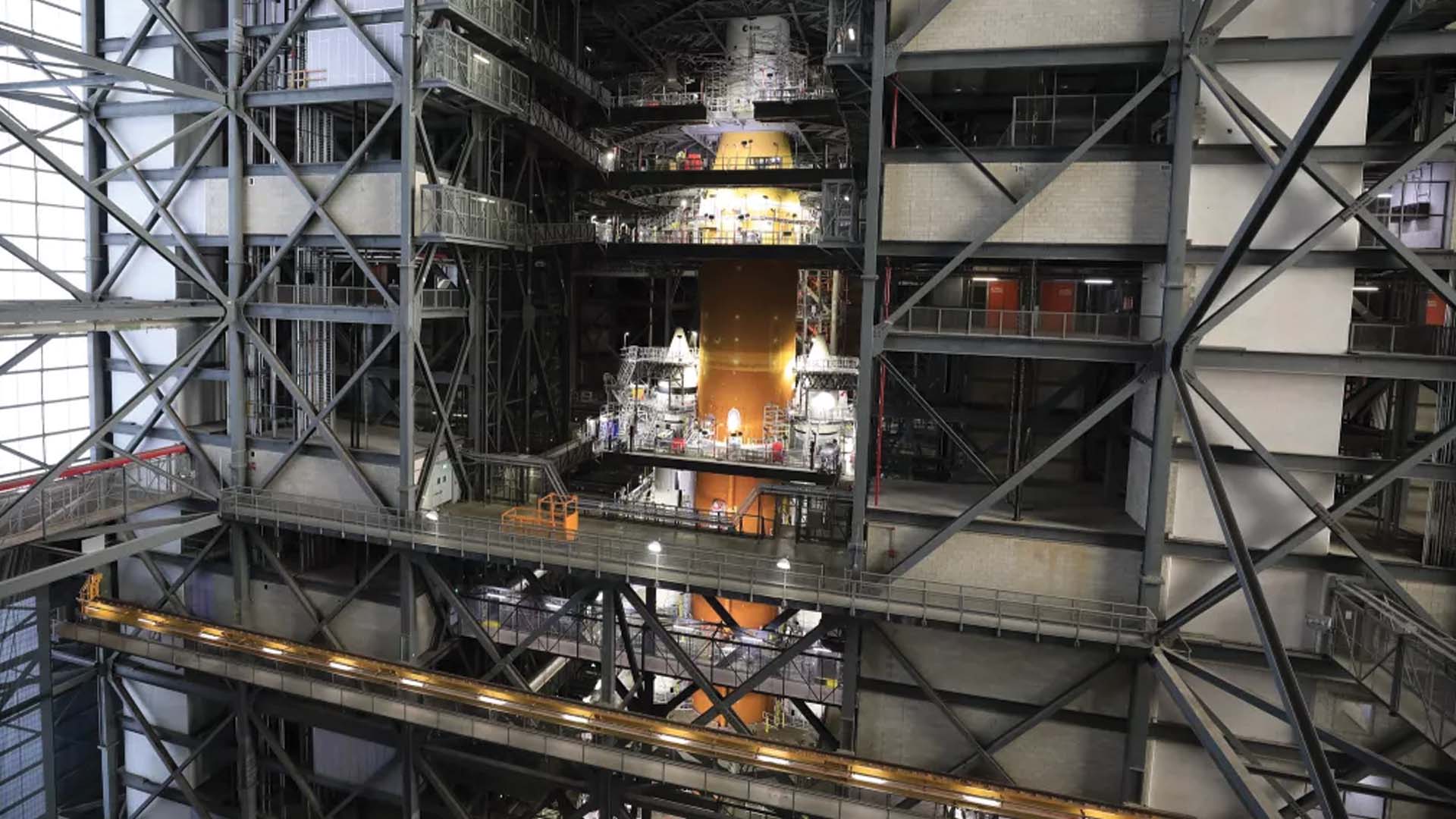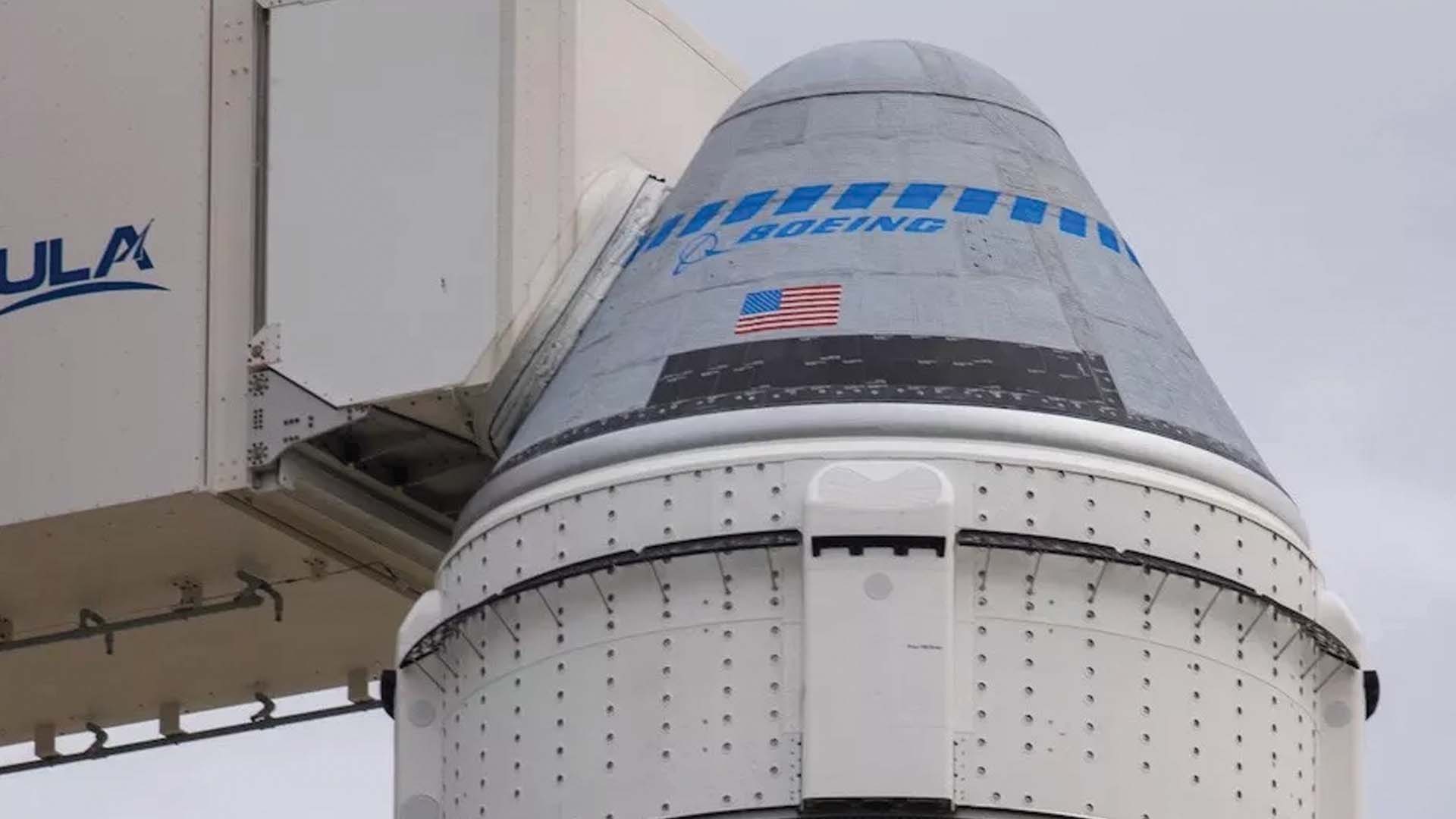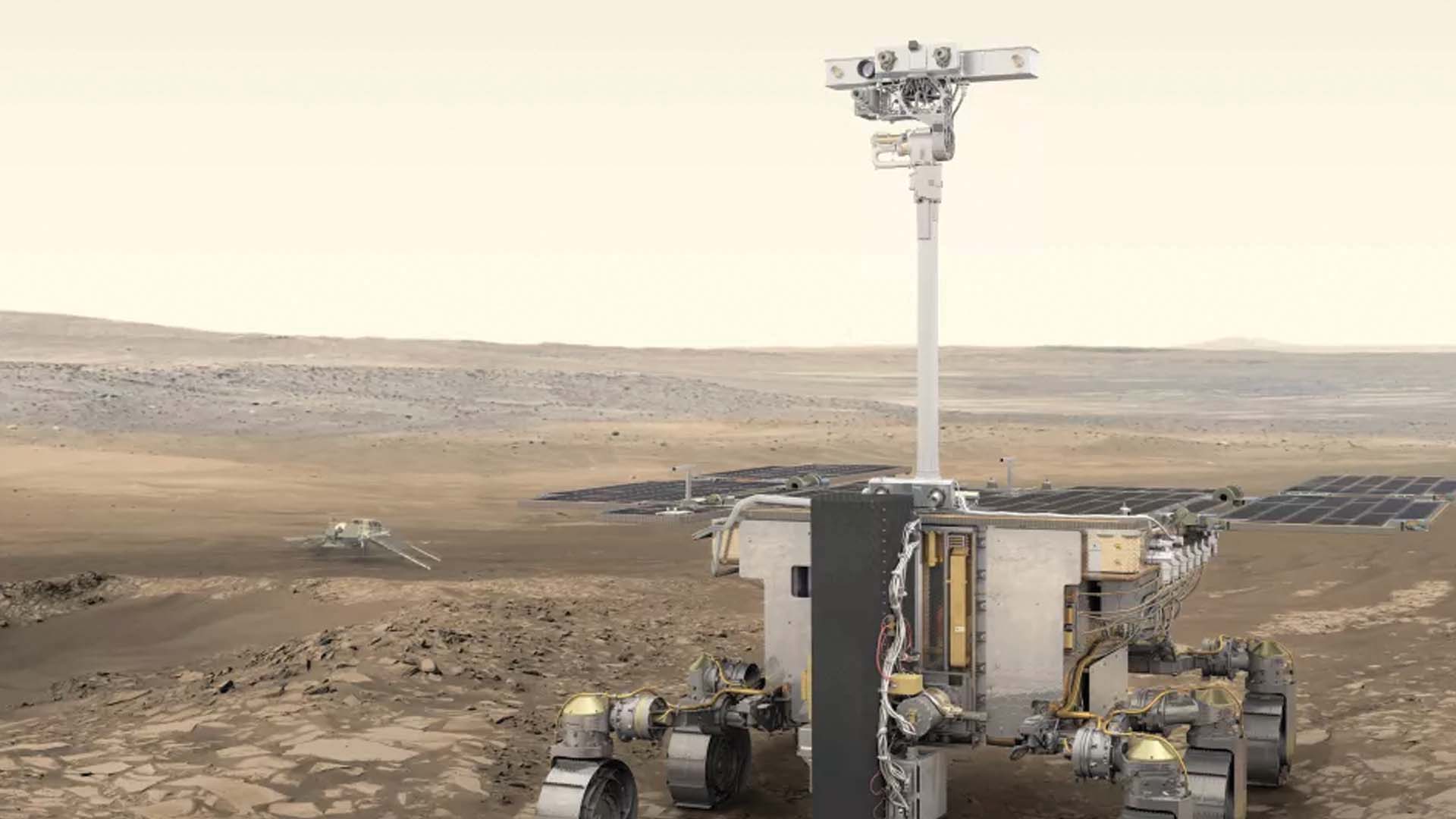The future of space will be marked by private companies, missions to Mars, improved research, and more. 2022 continues this progress, with many exciting upcoming missions, deployments, and flights. Here are eight space events to look forward to in 2022.
1. NASA’s CAPSTONE mission launch to the moon (March)

In the future, NASA wants to place the Gateway space station in orbit around the moon to serve as a staging point for astronauts who will visit the lunar service. In order to study how Gateway will act in orbit, NASA and Rocket Lab will launch the CubeSat satellite as a part of the CAPSTONE mission in March 2022. CubeSat will be about the size of a microwave oven weighing 55 pounds; it will reduce the risk of future spacecraft by validating the navigation technology and verifying the dynamics of the orbit.
2. NASA launch of the Artemis-1 mission around the moon (March)

Photo Credit: NASA
Also in March, NASA could launch their Artemis-1 flight, an uncrewed mission around the moon. This will be the first flight of NASA’s Space Launch System (SLS) rocket. NASA’s return of astronauts to the moon will require a successful test flight of the giant Space Launch System rocket, and the success of Artemis-1 in 2022 is the first step. The next mission could have humans aboard.
3. SpaceX’s 1st orbital Starship launch to space (March)

SpaceX, one of the two companies NASA selected to build new spacecraft to carry astronauts to the International Space Station (ISS), plans to fly a Starship spacecraft to orbit for the first time in early March. Starship is a fully reusable rocket; the first mission will place Starship in orbit before reentering Earth’s atmosphere and landing in the Pacific Ocean. Ideally, Starship can be recovered and reused for operational missions beginning in 2023. Eventually, SpaceX plans to use Starship for crewed missions to Mars.
4. Boeing launch of second test flight of Starliner (May)

Photo Credit: Boieng
Boeing, the other one of the two companies NASA picked to build new spacecraft to carry astronauts to the (ISS), has experienced multiple problems with its spacecraft, Starliner. No later than May, Boeing plans its second attempt at an uncrewed orbital test trip to the station with its Starliner Orbital Test Flight-2 (OFT-2). Following a hopefully successful trip, the Starliner’s first astronaut flight can be scheduled. The Starliner’s first trip (OFT-1) experienced several software issues and didn’t reach the ISS.
5. Russia launch of the Luna-25 mission to the moon’s south pole (July)

Photo Credit: Roscosmos
In Russia’s space program’s first return to the moon since 1976 (as the Soviet Union), Russia plans to launch the Luna-25 mission in July 2022. Luna-25 will land on the lunar south pole in order to study the pole’s regolith, plasma, and dust. The spacecraft will carry nine instruments on board.
6. NASA launch of the Psyche mission to the asteroid belt (August)

Photo Credit: NASA
In the asteroid belt between Mars and Jupiter, there is an object made of mostly metal called Psyche. In August, a spacecraft will launch from a SpaceX Falcon Heavy rocket and enter orbit around the asteroid in 2026. Scientists predict that Psuche could be the core of an object that failed to form into a planet, and the spacecraft will provide scientists their first close-up look at what could have been a planet.
7. NASA’s DART mission crash into an asteroid (September)
Also in the world of asteroids, in September NASA’s Double Asteroid Redirection Test (DART) is expected to hit Diomorphos, a small rock that orbits the bigger asteroid Didymos. DART aims to test if our planet can be saved from a future asteroid strike by colliding with a space rock to change its trajectory. This is NASA’s first planetary defense test mission which will ideally provide data on the effectiveness of this approach.
8. Europe and Russia launch of the Rosalind Franklin rover to Mars (October)

Photo Credit: ESA/ATG Medialab
In a joint mission between the European Space Agency (ESA) and the Russian space agency, the second phase of the ExoMars will begin with the launch of the Rosalind Franklin rover in 2022. ExoMars has two phases in order to study Mars. The first phase arrived at Mars in 2016 to perform science work and serve as a communications relay for the rover. The second phase will launch by October 2022, and the rover is equipped with instruments to search for organic molecules and dig farther below the surface than its predecessors.
For more blogs looking toward 2022, check out 2022’s top travel destinations, technology outlook 2022, and ten inventions turning 100 in 2022.







